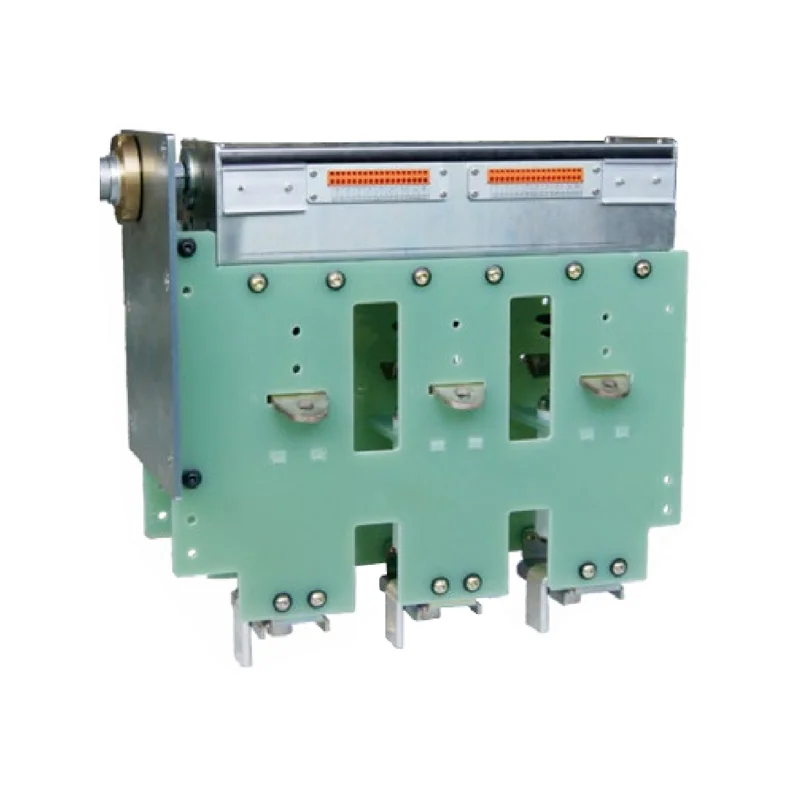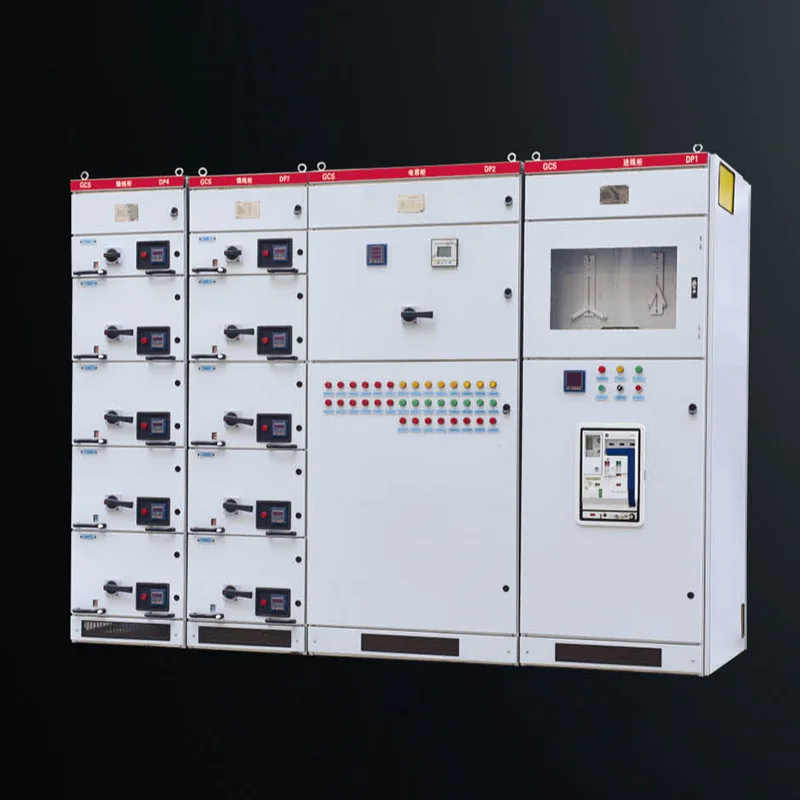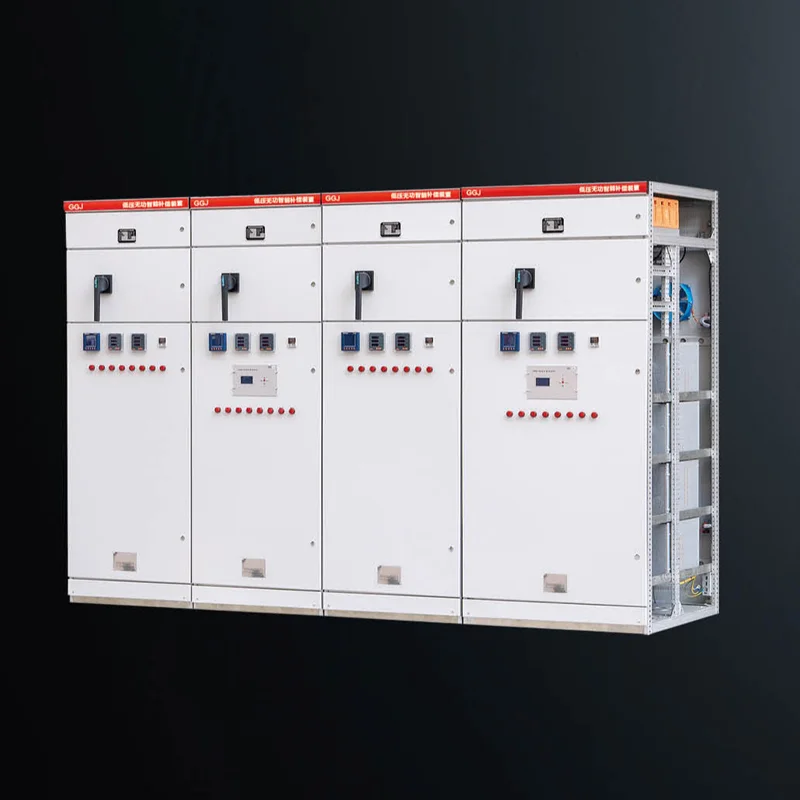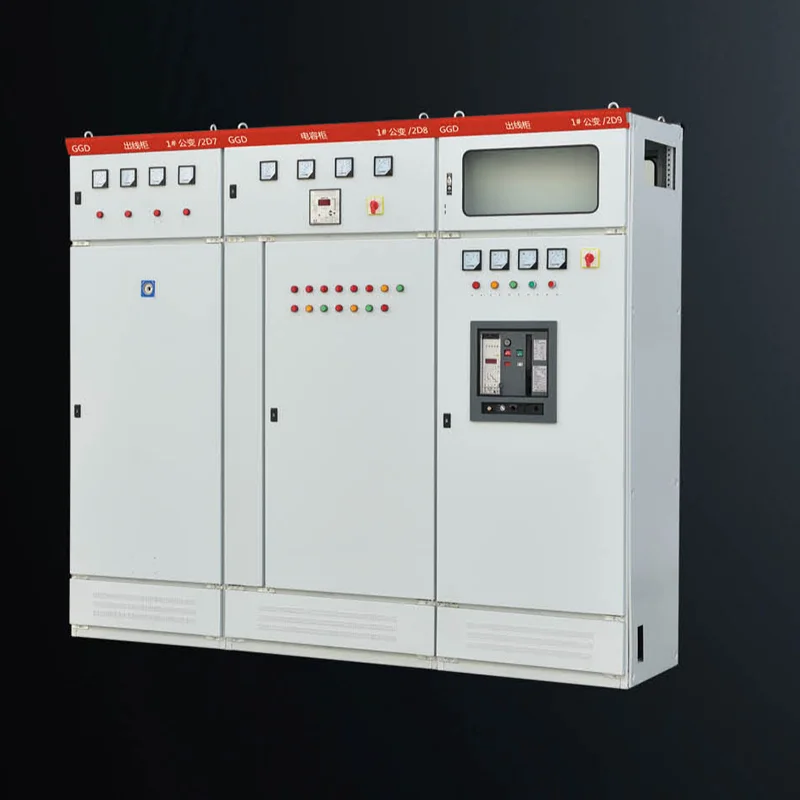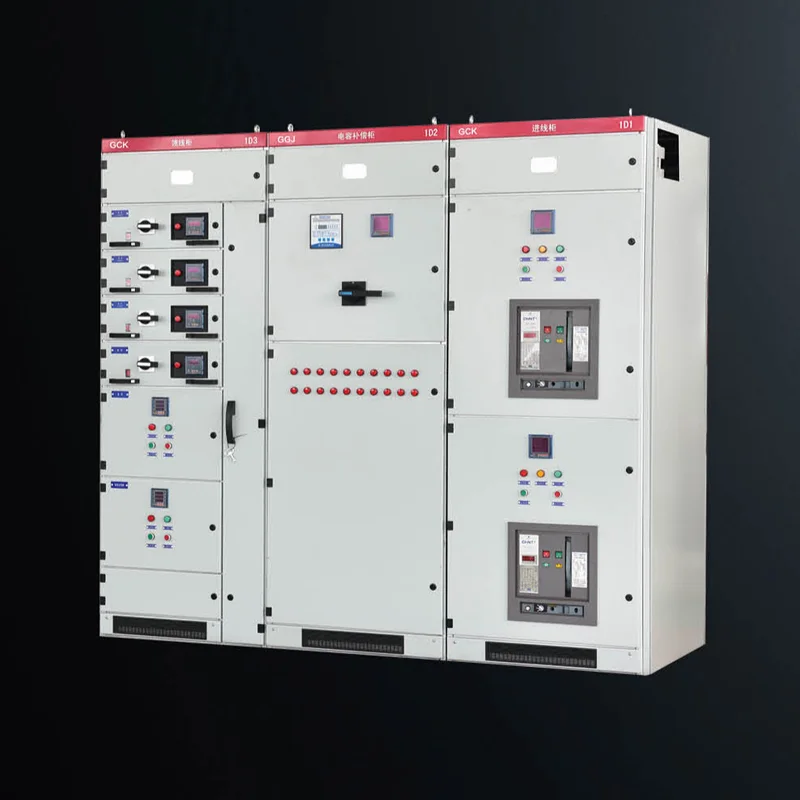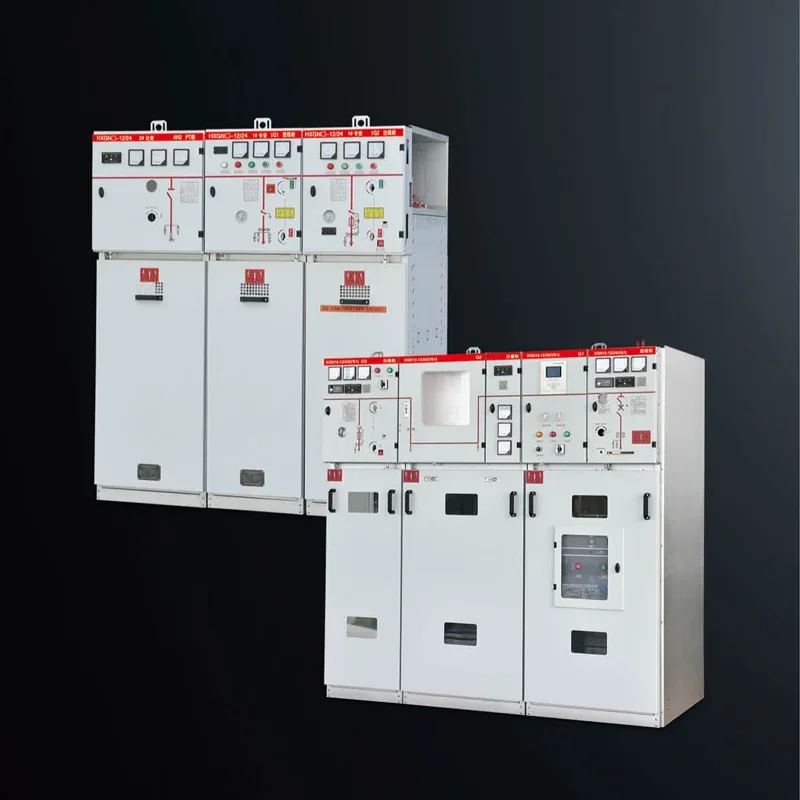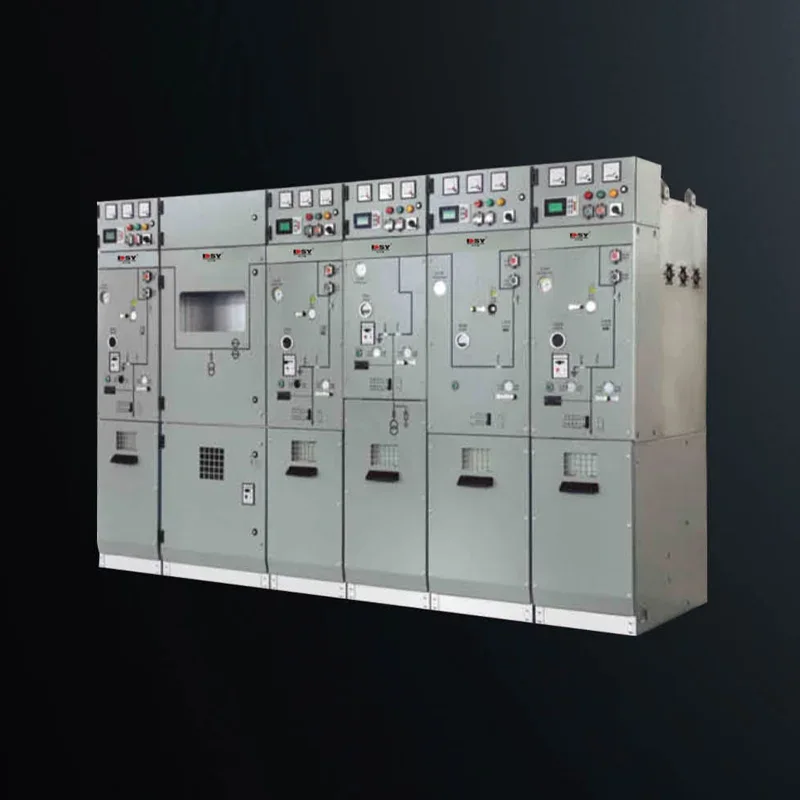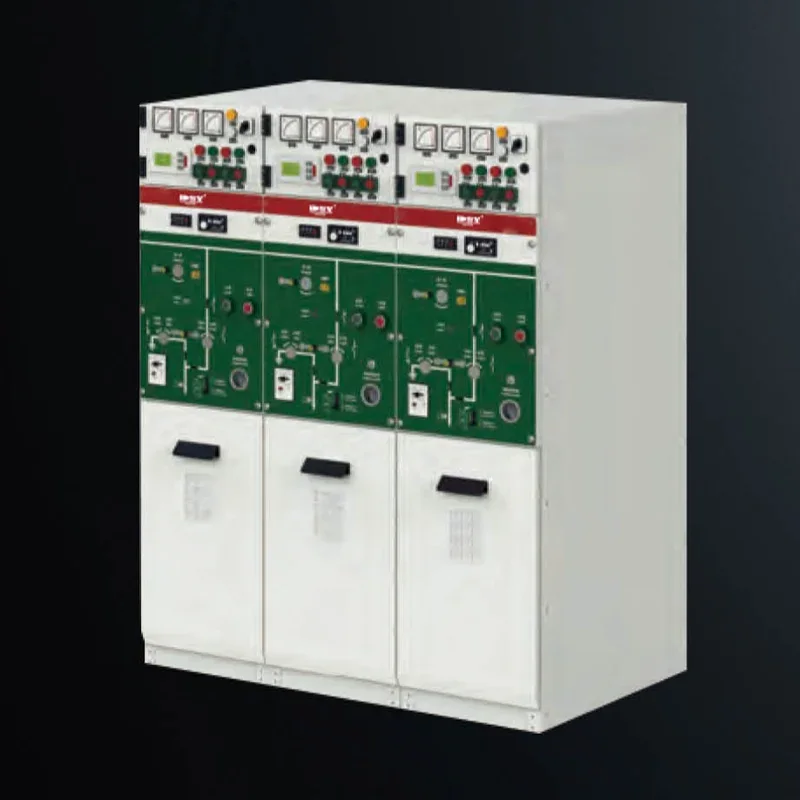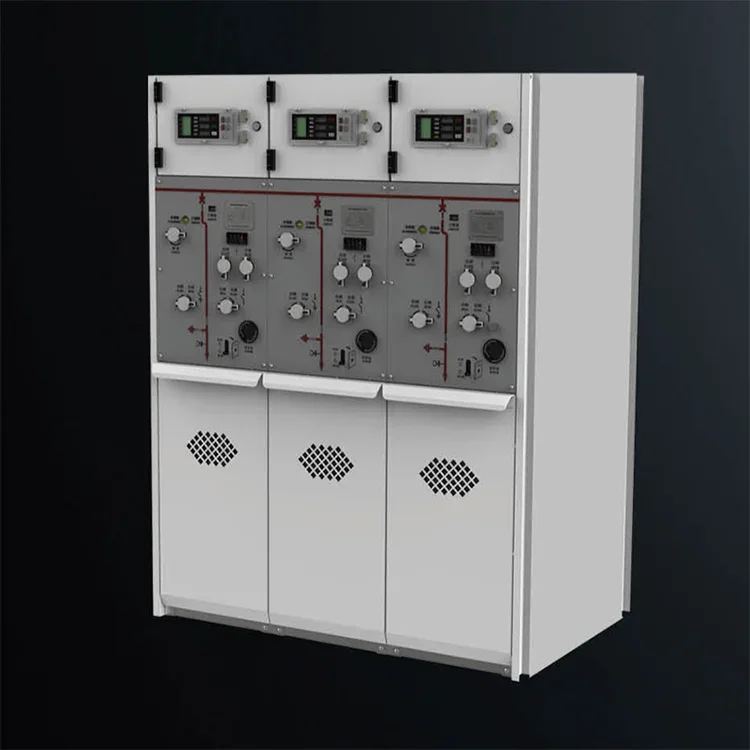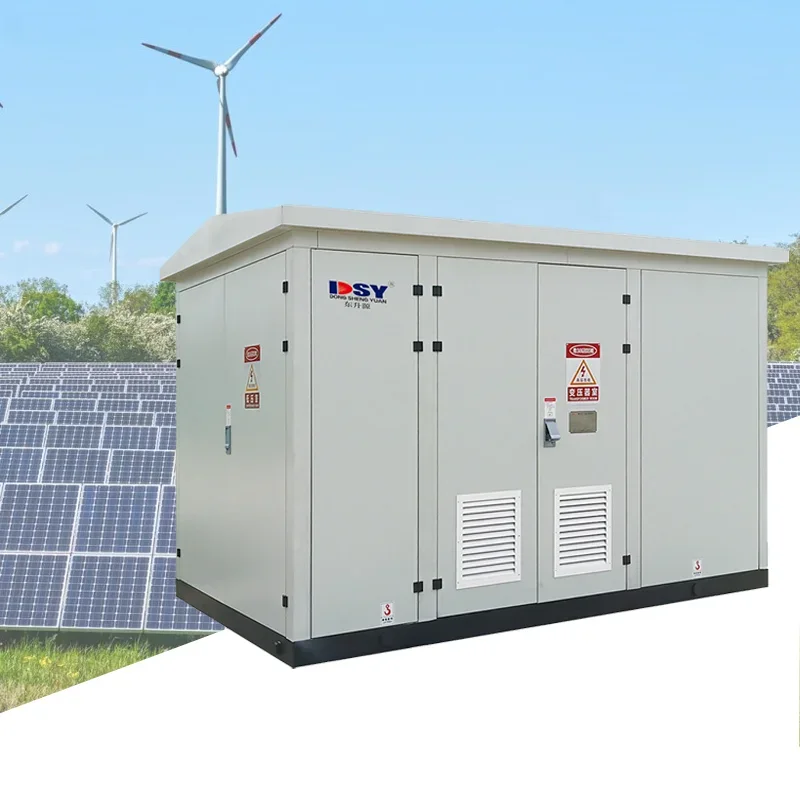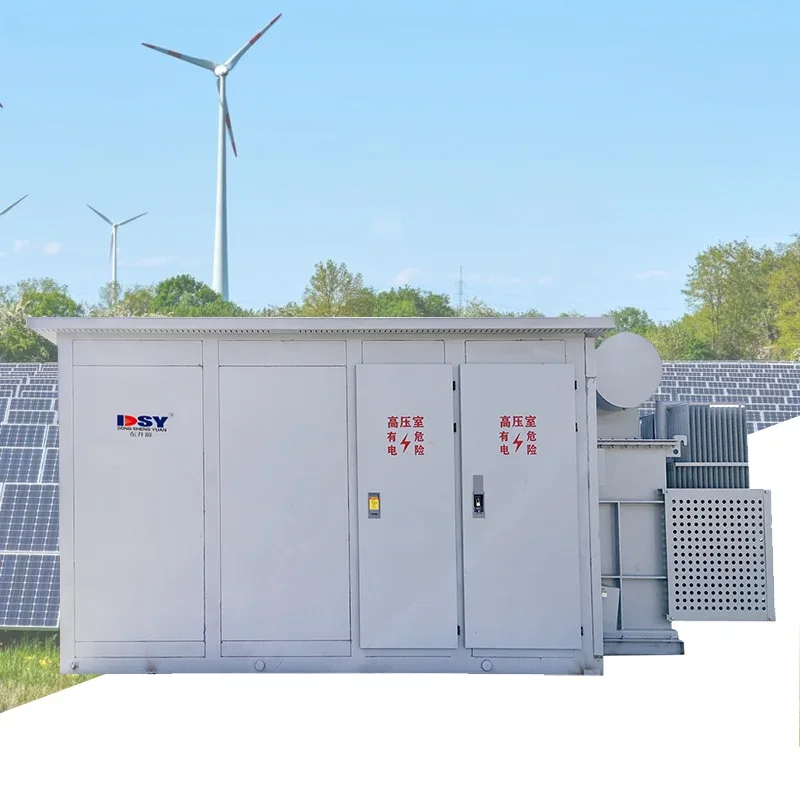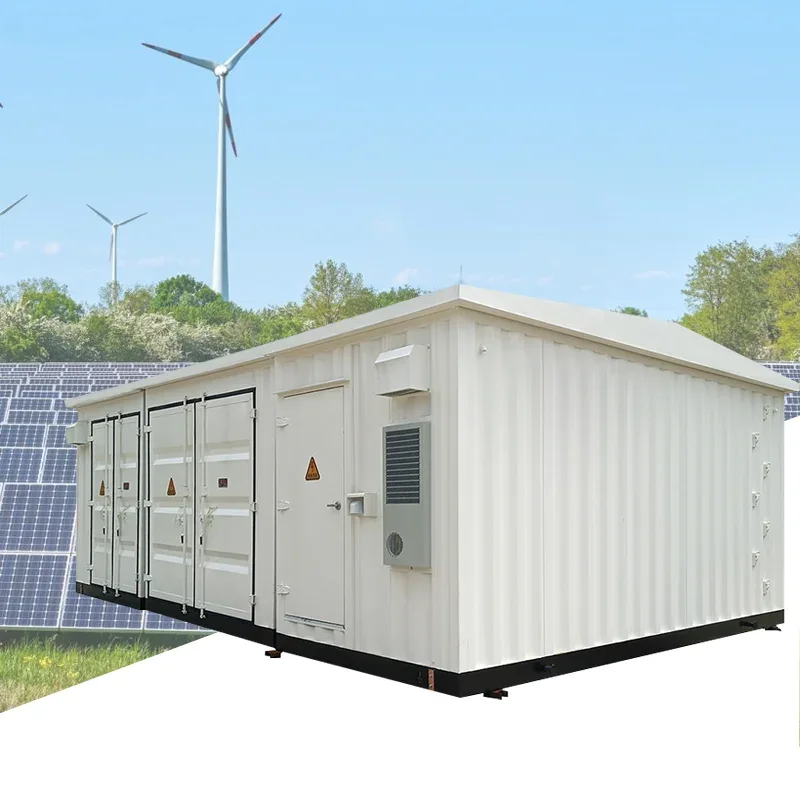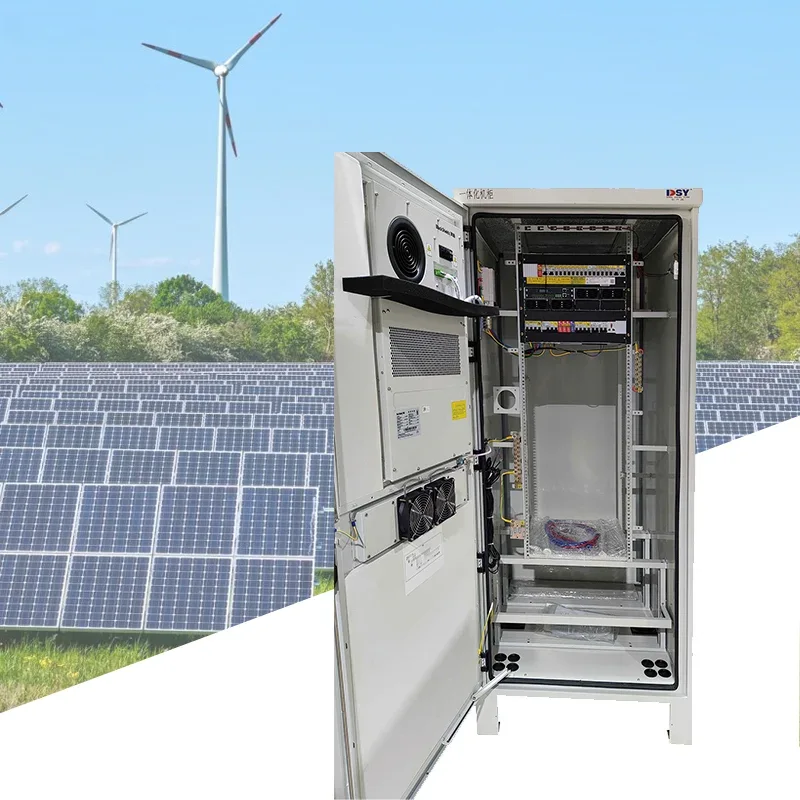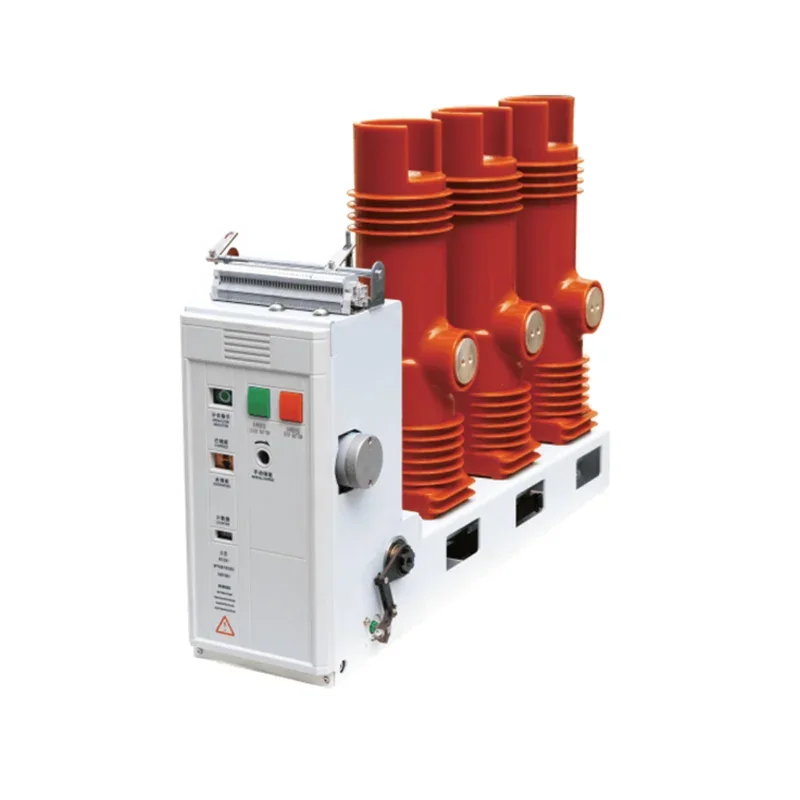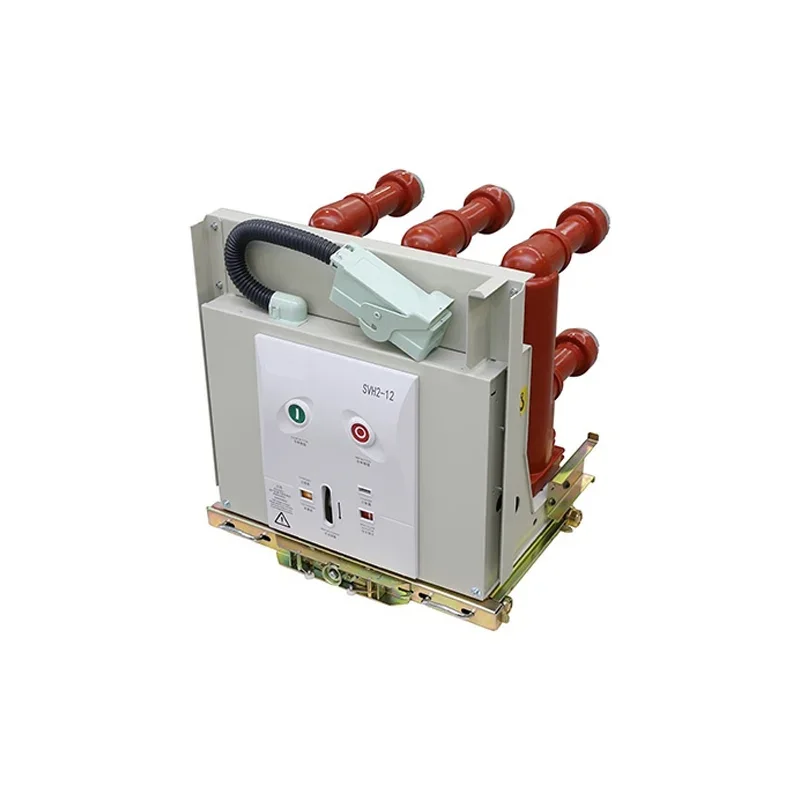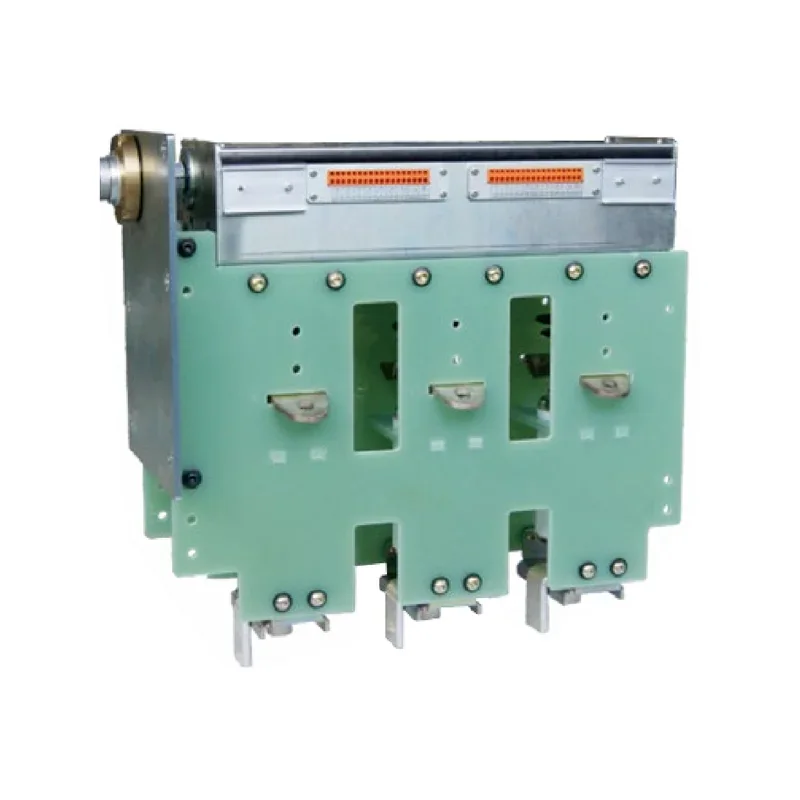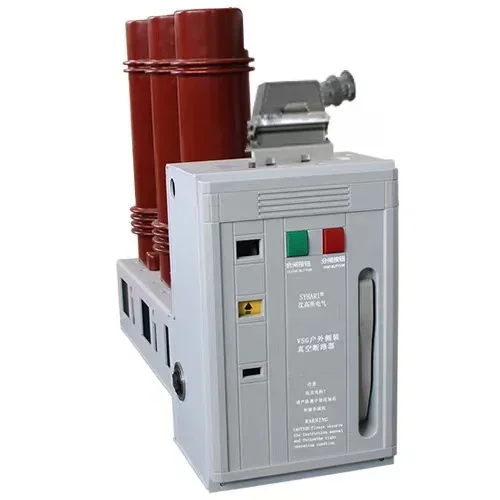How Gas Insulated Switchgear Enhances Electrical Safety and Reliability
How Gas Insulated Switchgear Enhances Electrical Safety and Reliability Table of Contents 1. Introduction to Gas Insulated Switchgear (GIS) 2. Why Choose Gas Insulated Switchgear? 3. Advantages of Gas Insulated Switchgear 3.1 Space-Saving Design 3.2 Enhanced Safety Features 3.3 Improved Reliability 4. Key Components of Gas Insulated Switchgear 5. Maintenance Con
Jul 11,2025
How Gas Insulated Switchgear Enhances Electrical Safety and Reliability
Table of Contents
- 1. Introduction to Gas Insulated Switchgear (GIS)
- 2. Why Choose Gas Insulated Switchgear?
- 3. Advantages of Gas Insulated Switchgear
- 4. Key Components of Gas Insulated Switchgear
- 5. Maintenance Considerations for GIS
- 6. Case Studies: GIS in Action
- 7. The Future of Gas Insulated Switchgear
- 8. Frequently Asked Questions about GIS
- 9. Conclusion
1. Introduction to Gas Insulated Switchgear (GIS)
Gas Insulated Switchgear (GIS) represents a pivotal advancement in electrical infrastructure, especially in high-voltage applications. By employing a gas insulation medium—typically sulfur hexafluoride (SF6)—GIS significantly reduces the space required for electrical systems while enhancing safety and reliability. This technology has become indispensable in urban settings and areas where space constrictions pose challenges for traditional switchgear.
2. Why Choose Gas Insulated Switchgear?
The choice of Gas Insulated Switchgear over conventional air-insulated switchgear can be attributed to multiple factors. Firstly, GIS operates under lower maintenance requirements and provides robust reliability. Additionally, GIS systems are less susceptible to environmental influences, making them ideal for installation in harsh conditions.
2.1 Environmental Considerations
As organizations strive to meet sustainability goals, the eco-friendliness of GIS, particularly its minimal land use and reduced emissions, plays a crucial role. GIS technology contributes to a reduction in the overall carbon footprint of electrical networks.
3. Advantages of Gas Insulated Switchgear
Gas Insulated Switchgear offers a multitude of benefits that contribute to its increasing adoption in the electrical industry.
3.1 Space-Saving Design
One of the most significant advantages of GIS is its compact design. Unlike traditional switchgear, which requires substantial space for installation due to air insulation, GIS can fit into smaller footprints. This feature allows for more efficient use of real estate, particularly in densely populated urban environments.
3.2 Enhanced Safety Features
Safety is paramount in any electrical system, and GIS excels in this area. The enclosed construction of GIS minimizes the risk of electrical hazards, such as arc flash incidents. Furthermore, the use of SF6 gas as an insulating medium provides superior dielectric strength compared to air, reducing the likelihood of electrical faults.
3.3 Improved Reliability
The reliability of Gas Insulated Switchgear is another key advantage. With fewer components exposed to environmental stressors, GIS systems tend to have longer operational lifespans and lower failure rates. This reliability translates into reduced downtime and maintenance costs, ensuring continuous service delivery.
4. Key Components of Gas Insulated Switchgear
Understanding the components of Gas Insulated Switchgear is essential for appreciating its functionality. The main components include:
4.1 Enclosure
The enclosure is made from durable materials that provide protection against external conditions while facilitating the containment of SF6 gas.
4.2 Circuit Breakers
These are critical components that interrupt current flow during faults, ensuring safety and system protection.
4.3 Disconnectors and Earthing Switches
These components allow for safe maintenance and isolation of parts of the electrical system.
4.4 Busbars
Busbars facilitate effective electrical connections between different components, enhancing the overall efficiency of the GIS.
5. Maintenance Considerations for GIS
While Gas Insulated Switchgear requires less maintenance than traditional systems, certain best practices must be followed to ensure optimal performance:
5.1 Regular Inspections
Routine inspections are pivotal in identifying potential issues before they escalate. This includes checking for gas leakage, corrosion, and electrical performance.
5.2 Gas Monitoring Systems
Integrating gas monitoring systems can provide real-time data regarding the condition of SF6 gas, enabling operators to take timely action when necessary.
5.3 Testing and Calibration
Regular testing and calibration of circuit breakers and other components ensure that the switchgear operates within required parameters.
6. Case Studies: GIS in Action
Real-world case studies illustrate the effectiveness of Gas Insulated Switchgear in enhancing safety and reliability:
6.1 Urban Power Distribution
In urban areas where space is limited, GIS has successfully been implemented to optimize power distribution systems, significantly reducing the risk of outages.
6.2 Renewable Energy Integration
GIS has played a vital role in integrating renewable energy sources into existing electrical networks, ensuring stable and reliable power supply.
7. The Future of Gas Insulated Switchgear
The future of Gas Insulated Switchgear is promising as advancements in technology continue to improve its efficiency and environmental footprint. Innovations such as eco-friendly alternatives to SF6 are being explored to further enhance sustainability.
8. Frequently Asked Questions about GIS
8.1 What is Gas Insulated Switchgear?
Gas Insulated Switchgear (GIS) is a compact, insulated electrical switchgear that uses gas, mainly sulfur hexafluoride (SF6), for insulation.
8.2 How does GIS enhance electrical safety?
GIS enhances safety through its enclosed design that minimizes electrical hazards and uses SF6 gas, which has superior dielectric properties.
8.3 What are the maintenance requirements for GIS?
GIS requires less maintenance than traditional systems, but regular inspections, gas monitoring, and component testing are crucial.
8.4 Where is GIS commonly used?
GIS is commonly used in urban areas, renewable energy facilities, and environments where space and safety are critical concerns.
8.5 How does GIS contribute to environmental sustainability?
GIS reduces land use and emissions, contributing to lower carbon footprints and promoting sustainable energy management.
9. Conclusion
Gas Insulated Switchgear stands at the forefront of electrical safety and reliability in modern energy systems. Its numerous advantages—ranging from space-saving designs to enhanced safety features—make it an essential component in contemporary electrical infrastructure. As we look to the future, the potential for GIS technology to evolve further solidifies its role in shaping efficient, safe, and sustainable electrical networks worldwide. Embracing Gas Insulated Switchgear is not merely a choice; it is an investment in a safer and more reliable energy future for all.
Related News
From June 5th to 8th, 2025, Shenzhen Dongshengyuan Electrical Equipment Co., Ltd. (hereinafter referred to as "Dongshengyuan Electric") participated in the Southeast Asia Electricity and Energy Exhibition (SEAPAE) held in Jakarta, Indonesia. During the exhibition, the company highlighted its three core product lines: high-voltage and low-voltage distribution switchgear, intelligent circuit breakers, and environmentally friendly load switches. These products are designed to provide targeted solutions for the high temperature and high humidity environments commonly found in Southeast Asia, as well as the growing demand for new energy access. They have successfully attracted over 200 industry customers for business negotiations.
The difference between circuit breakers and vacuum circuit breakers
Circuit breaker is an abbreviation for pole type circuit breaker. Circuit breakers are also vacuum circuit breakers

